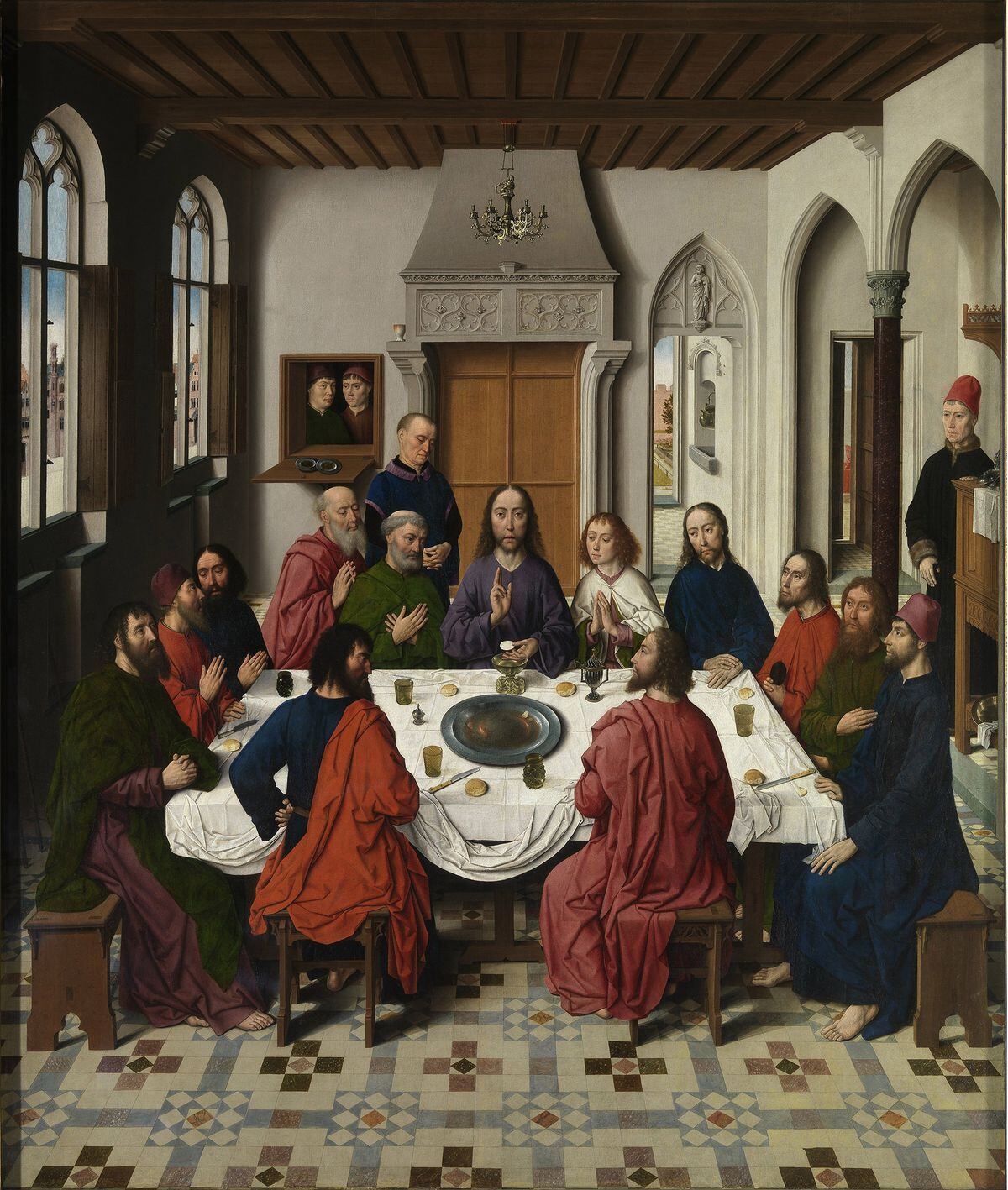Laughter and violence share both their expressive richness and some picturesque points of confluence in which one causes the appearance of the other.
There are laughter that enrage and also those who are hilarious in a dangerous circumstance.
These unusual bursts of laughter seem to respond to a defense mechanism that is triggered in the face of distressing or traumatic episodes.
Viewed from the outside, this reaction has often been viewed as inappropriate, uncontrollable, and even insane.
Perhaps for this reason the Catholic Church considered laughter something unseemly and ridiculous for centuries.
The laughter staged the commotion, the disorder, and was thought to upset the minds of the innocent.
Faced with such zeal, the winged demons and mocking buffoons are surprising, along with sirens, dragons and pigs, carved into the seats of the choir of the Gothic church of Saint Peter in Louvain, in Belgium.
They seem to stage a kind of innocent parody, in times when it was asked to prevent expressions of stupidity.
In the same church, in the same place where it was first hung, is
The Last Supper
painted by Dirk Bouts (1410-1475), an oil considered one of the great works of the early Flemish painters.
This work from the 15th century tests the possibilities of realism, of the representation of the real world, as shown by those servants' outfits or the setting of the space that, unusually, is illuminated by daylight.
In this painting, the axis of gravity, the vanishing point, is usually highlighted, which is found in the lamp under which an unusual Christ, in the role of priest during the Eucharistic liturgy, blesses the bread.
Seated around, at a rectangular table, the disciples are distributed.
Among all this, there is an element that usually goes unnoticed: a fabric that extends along the edge of the table, fulfilling the function of a “communal napkin”.
It must be borne in mind that during the Middle Ages people ate with their hands and it was common to clean themselves on the tablecloth, even on their clothes, despite the fact that in noble environments it was recommended to eat warm.
It is during the Renaissance when the use of cloths to clean hands spread.
Decades later, Erasmus of Rotterdam regulated in his work
De civilitate morum puerilium
(1530) the correct behavior and use of utensils at the table, as well as the kind of conversation that should be carried out in relation to the chosen menu.
The ultimate goal is to show respect towards diners, despite the fact that good or bad taste, delight or revulsion are subjective ideas, with an important cultural bias.
Abide by meal times, wash your hands, avoid making a fuss and putting your elbows on the table, avoid sucking your fingers, belching, asking for a favor or holding cutlery correctly are codes of courtesy accepted and endorsed by custom.
At the crossroads of cultures and social trenches, some norms are like a slap between two times.
There are societies where you eat with your hands and where making noise when sipping or burping at the end is well seen.
Courteous manners make man appear on the outside as he should be on the inside, declared a Jean de La Bruyère (1645-1696) who, with a scathing and decisive style, portrayed in
Les Caractères ou les Mœurs de ce siècle
(The Characters or the customs of this century) a daring portrait of the people of his time and the new customs that revealed the spirit of the 17th century.
He died suddenly of a stroke after dinner, giving rise to rumors of poisoning by someone alluded to in his texts.
For this reason, it is considered convenient to eat with your hands on the table, in sight, as a echo of the time when poison was an infallible method to dispatch annoying individuals.
Surely, it is worse manners to poison your guest than to hide your hands, but there this formality remained, like a grimace on the face of manners that carry in their eyes a good store of out-of-place old age.
50% off
Exclusive content for subscribers
read without limits
subscribe
I'm already a subscriber









